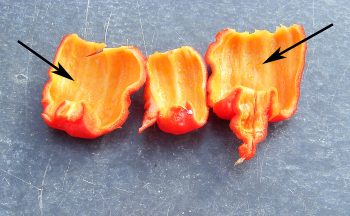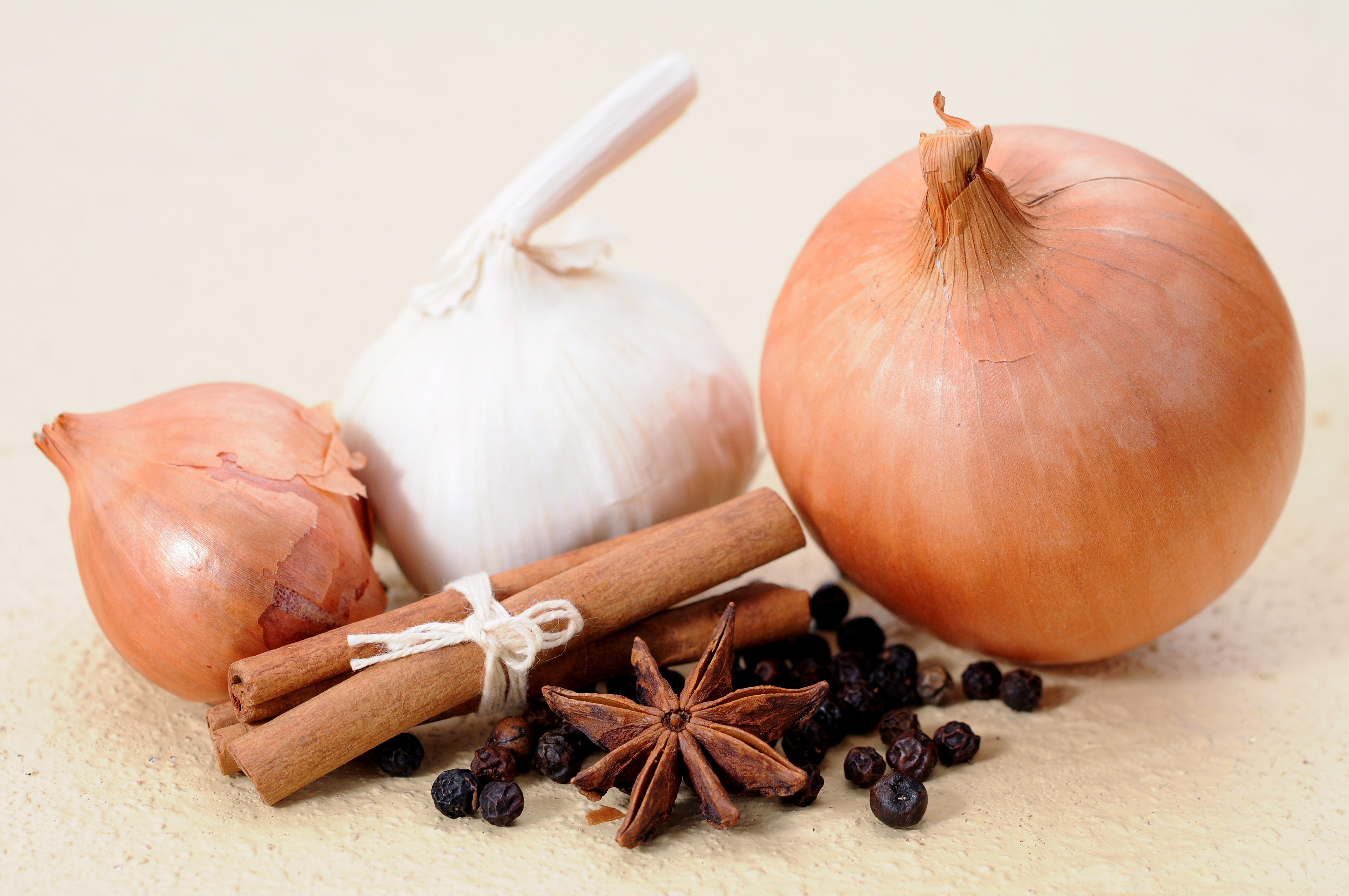 Researchers at New Mexico State University’s Chile Pepper Institute have discovered that super-hot chile peppers, those with more than one million Scoville Heat Units, are built differently than other peppers. Unlike regular chile peppers, super-hot peppers make the most of the interior space they have available, which can lead to some serious heat.
Researchers at New Mexico State University’s Chile Pepper Institute have discovered that super-hot chile peppers, those with more than one million Scoville Heat Units, are built differently than other peppers. Unlike regular chile peppers, super-hot peppers make the most of the interior space they have available, which can lead to some serious heat.
“What we were interested in finding was why super-hot chile peppers are able to get that hot,” said Dr. Paul Bosland, an NMSU Regents Professor and director of the university’s Chile Pepper Institute.
According to Bosland, it has been known that a chile pepper’s heat comes from the chemical compound capsaicin, and that capsaicinoids are found in yellow-colored sacs called vesicles. In most chile peppers, the capsaicinoid vesicles are attached to the fruit’s placenta, where the seeds are located.
With super-hot peppers, those sacs are also found on the fruit wall, and in larger quantities. This gives the pepper far more surface area to pack in capsaicinoid vesicles and to turn up the heat. Peter Cooke, with the NMSU Core University Research Resources Laboratory, was able to make the capsaicinoid sacs fluoresce in both jalapeno peppers and Trinidad Moruga Scorpion peppers and then examined the fruit with university’s electron microscope…


 Researchers at New Mexico State University’s
Researchers at New Mexico State University’s  Guess which gender bought that giant bottle of Frank’s RedHot for social approval?
Guess which gender bought that giant bottle of Frank’s RedHot for social approval?